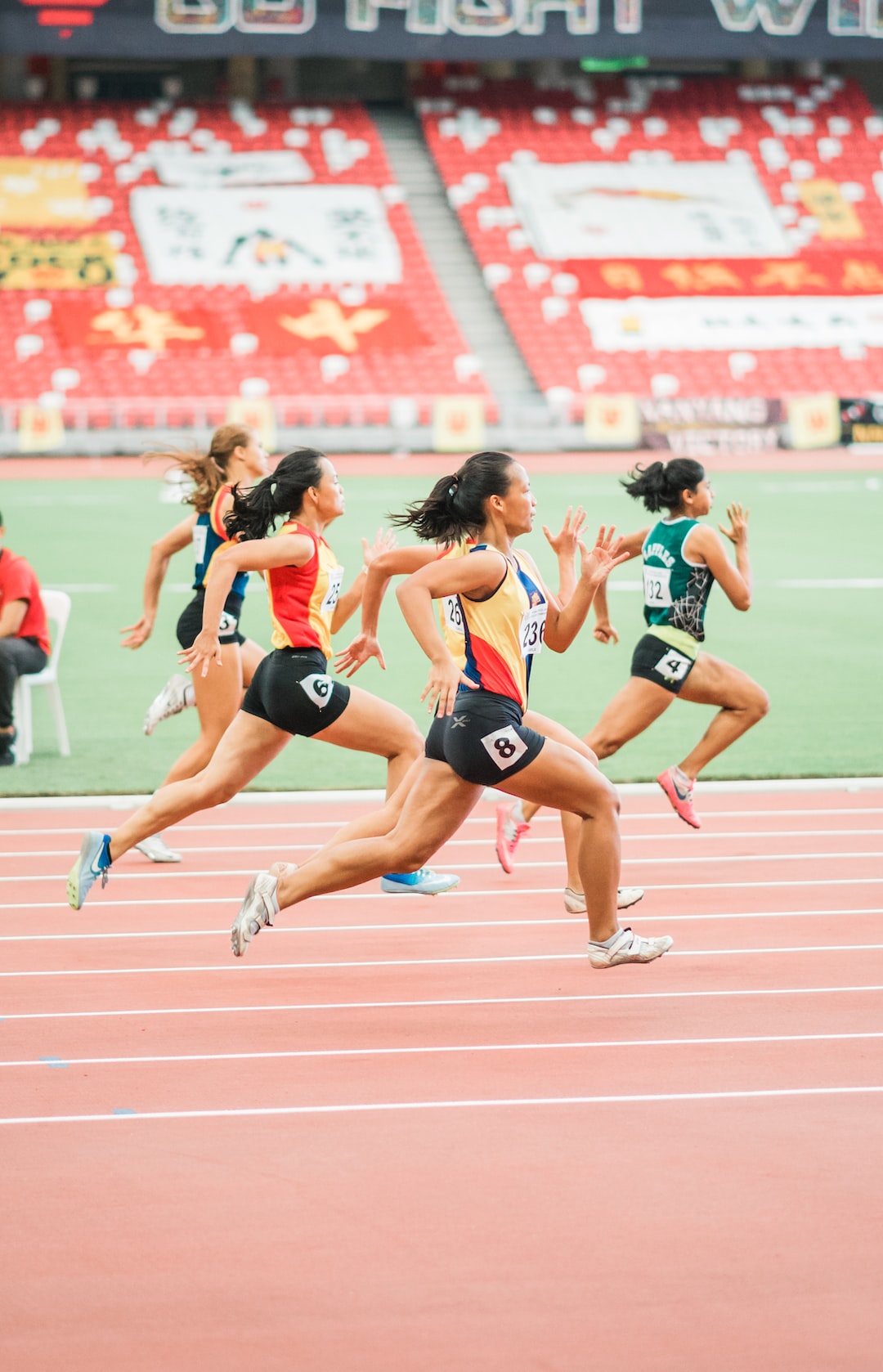The Role of Core Strength in Athletic Performance
Athletes across different sports understand the importance of core strength when it comes to enhancing their performance. The core, which consists of the muscles in your abdomen, back, and pelvis, plays a crucial role in stabilizing and generating power throughout the body. In this blog post, we will explore why core strength is essential for athletes and how it can improve their overall performance.
To begin with, having a strong core provides stability and balance. When an athlete moves, especially in dynamic and explosive movements, such as sprinting or jumping, the core acts as a stable base from which all other movements originate. This stability allows athletes to exert more power while maintaining control and balance, ultimately leading to improved performance. For example, a soccer player with a strong core will have better control and balance when tackling or changing direction, giving them a competitive edge on the field.
Furthermore, a strong core helps athletes transfer force efficiently. Many sports involve movements that require power to be transferred from one part of the body to another, such as swinging a golf club, throwing a punch, or kicking a ball. A strong core helps facilitate this transfer of force by providing a solid foundation for generating power and transferring it through the limbs. This means that athletes can produce more power with less wasted energy, resulting in more efficient and effective movements.
In addition to stability and power transfer, core strength also plays a significant role in injury prevention. A weak core can lead to imbalances in the body, placing excessive stress on other muscles and joints, which can increase the risk of injury. For instance, a runner with weak core muscles may experience back pain or other muscle strains due to the excessive load on other muscles compensating for the lack of core stability. By strengthening the core, athletes can reduce the risk of injury and stay in peak physical condition.
Moreover, a strong core improves overall body coordination. The muscles in the core work together to stabilize the spine and control movements in multiple directions. This coordination is essential in sports that require multi-directional movements, such as basketball or tennis. Athletes with a strong core have better control over their movements, allowing them to change direction quickly, maintain balance during rapid changes in speed, and react quicker to opponents’ moves. Ultimately, this improved coordination leads to enhanced performance on the field or court.
So, how can athletes develop a strong core? The answer lies in incorporating specific exercises that target the core muscles into their training routine. Traditional exercises like planks, sit-ups, and Russian twists can be effective, but athletes should also consider functional movements that mimic the demands of their sport. For instance, a golfer might perform rotational exercises using a resistance band to strengthen the core muscles involved in generating power in their swing. Alternatively, a swimmer might incorporate exercises that focus on the stability and control of the core while moving through the water. By tailoring exercises to their specific sport, athletes can maximize the benefits of core training.
In conclusion, core strength plays a vital role in athletic performance. The stability, power transfer, injury prevention, and coordination provided by a strong core are essential for athletes to reach their full potential. By incorporating core-strengthening exercises into their training routine, athletes can improve their performance on the field, court, or track. So, whether you’re a professional athlete or an amateur enthusiast, don’t neglect your core. Strengthening it will undoubtedly enhance your athleticism and make you a more formidable competitor.


